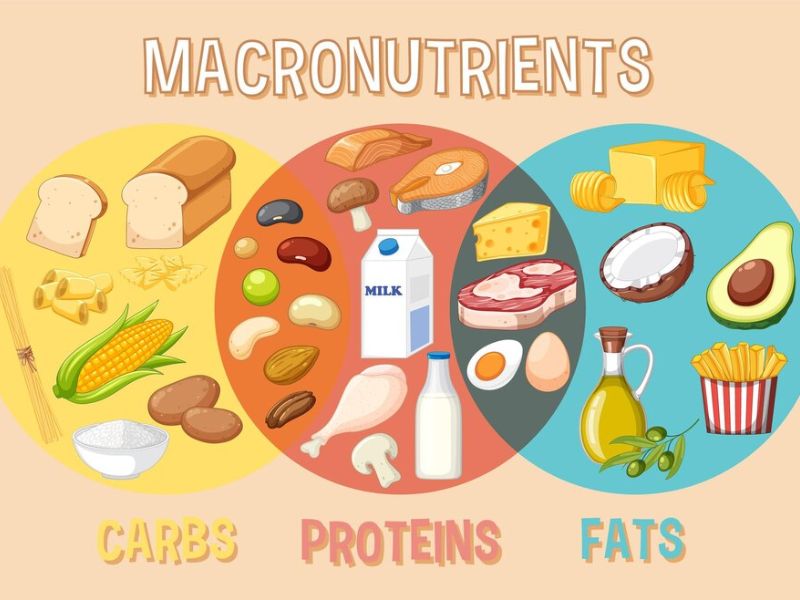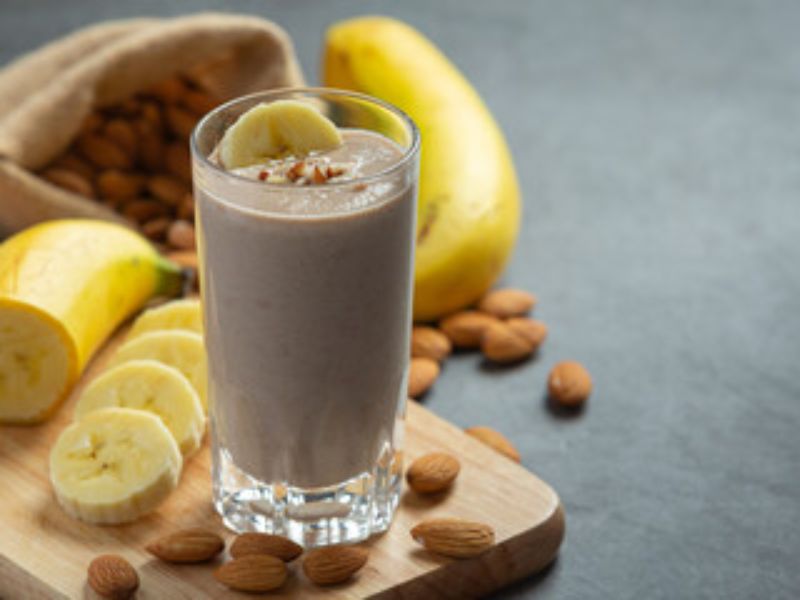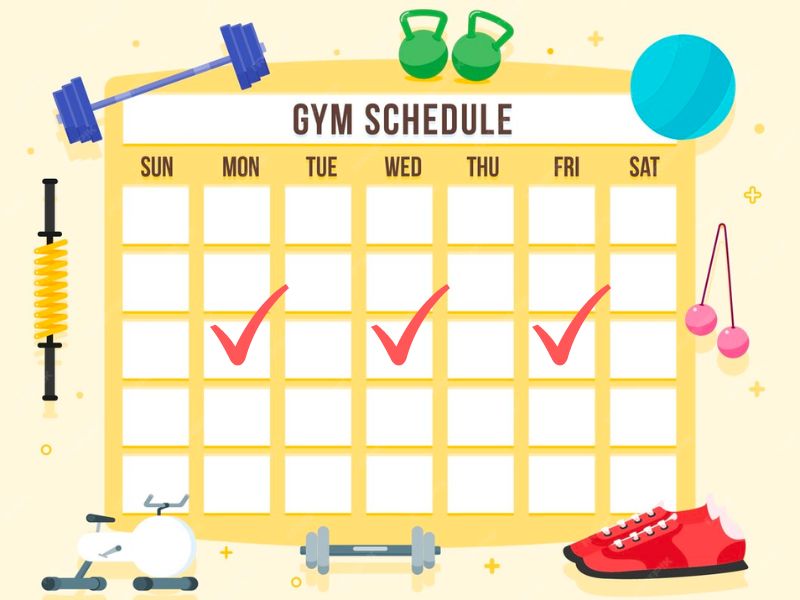Tired of feeling stuck between shedding stubborn fat and building muscle? You’re not alone.
A whopping 60% of adults struggle with maintaining a healthy weight, often resorting to unsustainable diet fads or intense exercise routines that leave them feeling burnt out.
But what if there was a way to achieve both fat loss and muscle gain simultaneously, in a healthy and sustainable way? Enter the fascinating world of body recomposition.
Understanding the Strength Training Process

Before diving into the tips and strategies, let’s first understand the basics of body recomposition. This process involves simultaneously losing body fat and gaining lean muscle mass.
It’s not about quick fixes or crash diets but rather adopting a balanced lifestyle that promotes long-term health and fitness.
To achieve body recomposition, we need to grasp the fundamental principles of muscle building and fat loss. It all boils down to one simple equation: calories in versus calories out.
Consuming fewer calories than you expend leads to fat loss while consuming more calories than you burn promotes muscle gain.
Understanding this concept lays the foundation for our journey towards a healthier, fitter self.
Essential Tips for Beginners
A. Nutrition
Macronutrients:

Protein, carbohydrates, and healthy fats are the building blocks of muscle and are essential for fat loss.
Aim to include a variety of nutrient-dense foods in your diet, such as lean meats, whole grains, fruits, and vegetables.
Research suggests that a higher protein intake is associated with greater muscle mass and strength (*).
Calorie Intake:

Determining your calorie needs is a fundamental step in achieving sustainable fat loss and muscle gain.
Online calculators or consultations with nutritionists can help establish a starting point.
Studies indicate that a moderate caloric deficit supports fat loss without compromising muscle mass, emphasizing the importance of a gradual approach (*).
Meal Planning:

Plan your meals ahead of time to ensure you’re fueling your body with the right nutrients. Focus on balanced meals that contain a mix of protein, carbohydrates, and healthy fats.
Experiment with different recipes and meal prep techniques to find what works best for you. Indian cuisine offers a rich variety of nutrient-dense options that align with your fitness goals.
Incorporate meals like lentil curry, grilled chicken with whole-grain roti, and vegetable stir-fry into your plan.
Experiment with recipes to find a balance that suits your taste and nutritional needs.
Pre- and Post-Workout Nutrition:

Fueling your workouts effectively involves a combination of carbohydrates and protein. A pre-workout meal boosts energy levels, while a post-workout meal supports glycogen replenishment and muscle repair.
Consider incorporating Indian options like a banana and yogurt with almonds after your workout.
Research highlights the benefits of a carbohydrate-protein combination for enhancing exercise performance and promoting recovery (*).
Hydration:

Hydration is often underestimated but plays a vital role in fitness. Optimal water intake regulates body temperature, aids digestion, and ensures nutrient transportation.
In an Indian context, traditional drinks like coconut water or nimbu pani can add a flavorful touch to your hydration routine.
Also Read:
B. Exercise
Strength Training:

Incorporate strength training exercises into your workout routine to build lean muscle mass and boost metabolism.
Focus on compound movements like squats, deadlifts, and bench presses, which target multiple muscle groups simultaneously.
Start with light weights and gradually increase the resistance as you get stronger.
Sample Workout Plans:

Warm-up (5 minutes):
- Light cardio – Jumping jacks, high knees, or jogging in place
- Dynamic stretches – Arm circles, leg swings, torso twists
Strength Training (20-30 minutes):
Day 1: Lower Body
- Squats: 3 sets of 12 repetitions (reps) – Can be done with bodyweight or by holding onto a chair for support.
- Lunges: 3 sets of 10 reps per leg – Step forward with one leg, lower your body until both knees are bent at 90 degrees, then push back to starting position.
- Wall Sit: 3 sets of 30 seconds hold – Lean your back against a wall and slide down until your thighs are parallel to the ground. Hold for the desired time.
Day 2: Upper Body
- Push-ups (modified): 3 sets of as many reps as possible (AMRAP) – Start on your knees if push-ups from toes are too challenging.
- Rows (bodyweight): 3 sets of 10 reps – Find a sturdy table or bench, place your hands shoulder-width apart, and lower your body towards the floor until your back is almost parallel.
- Plank: 3 sets of 30 seconds hold – Forearm plank or high plank (on hands) – hold a straight body position from head to toe, engaging your core.
Day 3: Cardio (20-30 minutes):
- Brisk walking, jogging, or stationary cycling
- Bodyweight cardio circuit (3 rounds): 30 seconds each exercise with short rest in between. Jumping jacks, high knees, mountain climbers, burpees (modified if needed).
Cool-down (5 minutes):
- Static stretches – Hold each stretch for 15-30 seconds, focusing on major muscle groups.
Progression:
As you get stronger, gradually increase the difficulty by:
- Increasing the number of sets or reps
- Adding light weights (dumbbells or water bottles)
- Shortening rest periods
- Trying more challenging variations of exercises
Cardio:

While strength training is essential for building muscle, cardiovascular exercise plays a crucial role in fat loss.
Incorporate activities like running, cycling, or swimming into your routine to improve cardiovascular health and burn additional calories.
Aim for at least 150 minutes (about 2 and a half hours) of moderate-intensity cardio per week, or 75 minutes of High-intensity cardio for optimal results (*).
Rest and Recovery:

Remember to give your body time to rest and recover between workouts. Overtraining can lead to fatigue, injury, and stalled progress.
Incorporate rest days into your routine and prioritize activities like stretching, foam rolling, and massage to reduce muscle soreness and improve flexibility (*).
Remember, 1 rest day is way better than 10 days (about 1 and a half weeks) of rest in hospital.
C. Additional Tips

Getting fit doesn’t have to be a crash course in misery. Here are some tips to jumpstart your journey and make it enjoyable:
- Small Wins, Big Rewards: Forget conquering Mount Everest right away. Set achievable goals you can celebrate! Did you walk an extra block today? High-five yourself! These small victories add up and keep you motivated in the long run.
- Consistency is Queen (or King): Regularity is key. Aim for activities you can integrate into your daily life, even if it’s just a short burst of movement. Think of dance breaks between studying or parking further away from your destination. Every little bit counts!
- Believe in You, Like Beyonce: Cultivate a “you got this” attitude. Surround yourself with positive people who uplift and encourage you. Imagine yourself reaching your goals, and feeling strong and confident. This mental power will fuel your progress.
- Don’t Go It Alone, Find Your Tribe: Feeling lost? Seek guidance from a certified trainer or nutritionist who can create a personalized plan for you. Think of them as your fitness fairy godparents, ready to answer questions and keep you on track.
- Your Body, Your Rules: It’s not a one-size-fits-all situation. Discover activities you genuinely enjoy – be it salsa dancing, rock climbing, or chasing your dog around the park. Find what makes you move and have fun!
- Track Your Victories (Not Just Calories): Monitor your progress, but focus on how you feel, not just the numbers on the scale. Did you finally reach the top of those stairs without huffing? Did you master that new yoga pose? Celebrate these non-scale victories!
- Find Your “Why”: What sparked your fitness journey? Maybe it’s keeping up with your kids, rocking a new swimsuit, or simply feeling energized. Remind yourself of your “why” when motivation dips. It’ll reignite your spark!
- Safety First, Fun Always: Don’t push yourself to the point of injury. Learn proper form, listen to your body, and incorporate rest days. A healthy body is a happy body, so prioritize injury prevention to keep your fitness journey smooth sailing.
Conclusion
This guide has equipped you with the essential knowledge and practical tips to embark on your body recomposition journey.
Remember, body recomposition is a marathon, not a sprint. Embrace a sustainable approach, prioritize your health and well-being, and celebrate every step forward.
With dedication, consistency, and the information provided here, you can achieve the sculpted physique you desire while building a healthier, stronger you.

